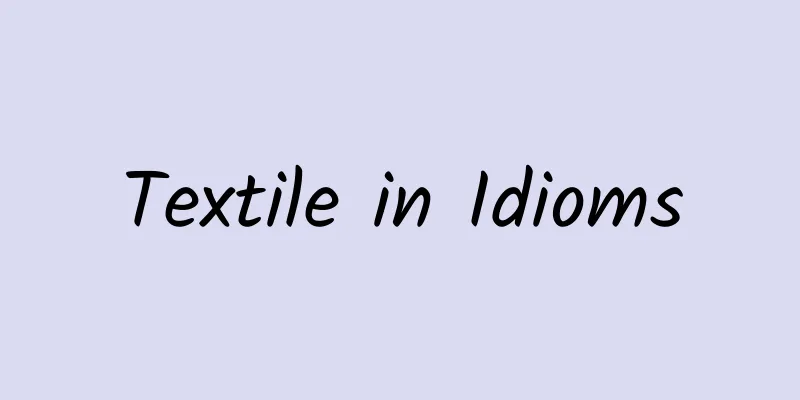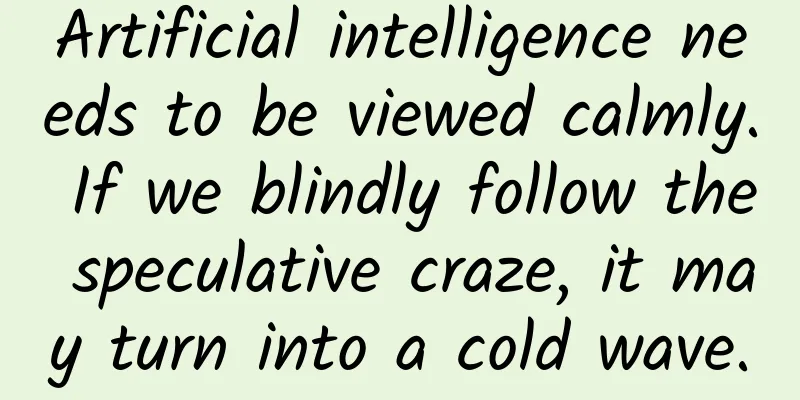Textile in Idioms

|
The Xujiayao Ancient Human Site in Datong, Shanxi Province was first discovered in 1974. Since 1976, three large-scale excavations have been carried out. More than 20 human fossils, more than 10,000 stone products, and a large number of bone and horn tools and mammal fossils have been unearthed in the site. Among them, the large number of stone balls is the most distinctive. According to research, the stone balls were thrown in a net bag (sling) made of ropes. It can be inferred that people had learned to use ropes at that time. Based on the experience of twisting ropes, people created the techniques of spinning and spinning. Spinning is to split the bark of plant stems into very thin long strands, and then connect them and twist them into threads. Because this is a highly skilled craft, people later called the achievement of work "achievements". Weaving technology evolved from the practice of weaving fish nets and baskets. The ancients gradually learned to use tools in practice, trying to tie one yarn after another on the same wooden stick, and the other end on another wooden stick in turn. After tightening and fixing the two wooden sticks, they could weave like weaving mats. The tightened longitudinal yarn is called warp, and the yarn woven in horizontally is called weft. The "heald" is the mechanism on the loom that lifts and lowers the warp to receive the weft. One heald can lift thousands of warp threads, so it contains the meaning of "total gathering" and "collection". Thousands of different warp threads are combined through "healds" for easy operation, so there is the word "comprehensive". The "heald" controls the movement of the warp yarn. Once a mistake is made, not only will defective cloth be produced or the cloth cannot be woven, but troubleshooting is also very troublesome, "complex"! China is known as the country of silk. Our ancestors selected and bred silkworms from mulberry pests, created silk reeling and silk weaving techniques, and wove high-quality silk fabrics that are both good for clothing and combined with art. The famous Silk Road reflects the contribution of the Chinese nation to world civilization. "Brocade" refers to silk fabrics with colorful patterns, and "embroidery" is to sew colorful threads on silk or cloth with needles to form patterns, designs or words. "Jinxiu" has become an adjective for beautiful or wonderful, such as brocade on the top and splendid China. Textiles have a history of thousands of years in my country, promoting social progress and development, and are closely related to the development of culture. In the Chinese language, there are more than 560 Chinese characters with radicals such as 巾, 亻, 纟, etc., which are directly or indirectly related to textiles. Many words and idioms we often use are also borrowed from textile terms, such as: 盤盤自束, 經學經經學, 流流膠不绝, 细丝入扣, 经天威地, etc., which contain a strong Chinese textile culture. |
>>: Is liposuction really safe? You will understand after reading this!
Recommend
I stayed up late last night, but the doctor said it was okay?
Sleeping is a simple thing. For young people, get...
What should we do to prevent the “Lost Gull” from being lost again?
A flash by the Ruoshui River In 1931, the Swedish...
How to correctly analyze the trend of DAU daily active users from 5 dimensions?
The previous article analyzed the DAU decompositi...
How to write a good advertising case analysis? Three simple steps to tell you
During the holidays, a reader asked me a question...
New energy vehicles have received subsidies of 19 billion yuan in the past two years, with Yutong, BYD and JAC being the top beneficiaries
Recently, the Ministry of Industry and Informatio...
Where does the human tissue removed during surgery go?
【Written at the end】 For most people, the most li...
WeChat can also send "green envelopes", which are more fun than red envelopes. You should also pay attention to the security of WeChat wallets
WeChat can also send "green envelopes",...
I've experienced the iPhone SE2 for a day, and I've talked about its pros and cons. I understand it after reading it.
On April 24, 2020, Apple started selling the seco...
ESA sent a glass of "juice" to Jupiter, or will it reveal the mystery of the "ice moon" there?
Jupiter is the largest planet in the solar system...
After promoting tens of millions of information flows, I have summarized these 6 experiences!
In today's mobile Internet era, we receive a ...
How to run a marketing promotion campaign?
When conducting a marketing promotion activity, n...
Why did Yongle move the capital? The splendor of the Ming Dynasty behind the "convex" shape of Beijing
When talking about the Ming Dynasty and Emperor Y...
How does the League of Legends mobile game use hot spots to boost traffic?
Today, I would like to take advantage of a hot ev...
The latest version of Android supports FIDO2 standard for password-free login to apps or websites
Google has just announced a new collaboration wit...









